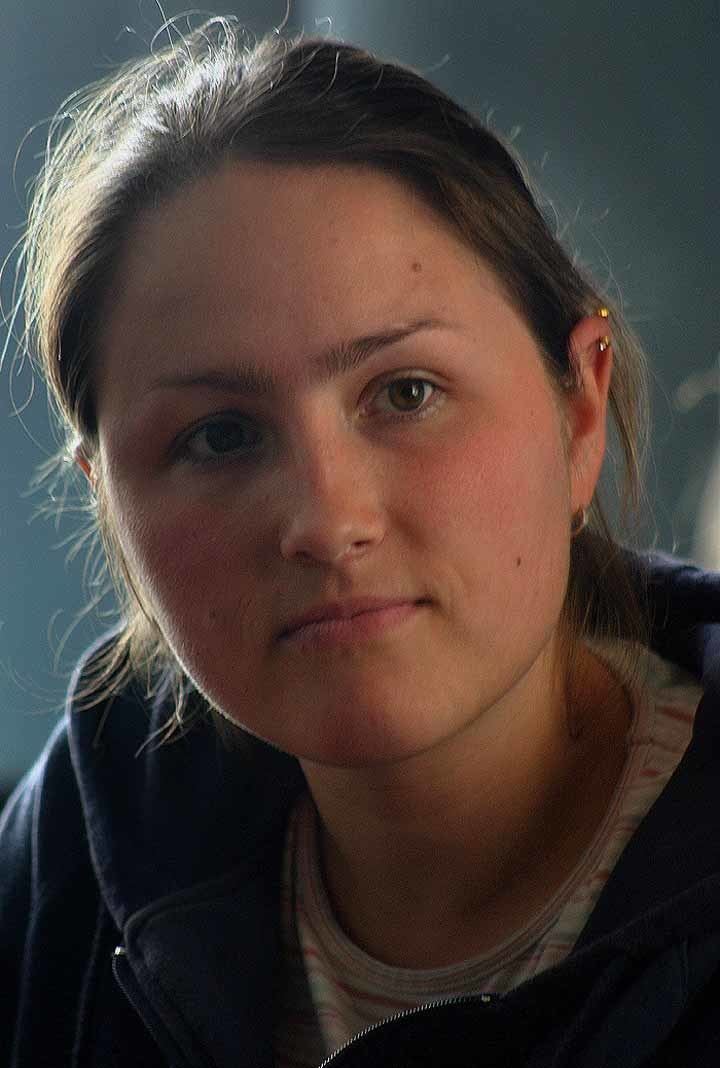Value 0.312 (2012) Maternal mortality (per 100,000) 51 (2010) Females over 25 with secondary education 99.3% (2010) | Rank 51st Women in parliament 18.2% (2012) Women in labour force 66.6% (2011) | |
 | ||
Women in Kazakhstan are women who live in or are from Kazakhstan. Their position in society has been and is influenced by a variety of factors, including local traditions and customs, decades of Soviet regime, rapid social and economic changes and instability after independence, and new emerging Western values.
Contents
Historical context
Kazakhstan gained its independence in 1991, after being a part of the Soviet Union for more than 70 years. Following its independence, Kazakhstan's economy, being in a period of transition, experienced, particularly in the 1990s, a strong decline and destabilization: by 1995 real GDP dropped to 61,4% of its 1990 level, resulting also in a brain drain. This situation of economic depression, coupled with emerging traditionalist views on women's roles in society, has had a negative effect on women. Nevertheless, the 1990s also had some positives for women, such as the accession to the Convention on the Elimination of All Forms of Discrimination Against Women in 1998. After its independence, Kazakhstan inherited an education system which was quite developed, but during the period of transition, shortly after the fall of the Soviet Union, the education sector suffered serious losses, was continuously under-funded, and school closures, especially in rural areas, were common. However, today the literacy rate of women in Kazakhstan is among the highest in the world at 99.8%, similar to that of men (as of 2015).
The “Concept of state demographic policy of the Republic of Kazakhstan” was ratified in 2000, which prioritized demographic problems on the same line with national security issues. It allowed addressing the issues of population rise and women's rights in accordance with the long run political model "Kazakhstan 2050 Strategy."
Reproductive health and fertility
The maternal mortality rate in Kazakhstan is 12 deaths/100,000 live births (2015 estimate). The total fertility rate is 2.31 children born/woman (as of 2015), which is slightly above the replacement rate. The contraceptive prevalence rate is 51% (2010/11).
Forced marriage and bride kidnapping
Forced marriage and bride kidnapping are problems with which women and girls are confronted in Kazakhstan, although their exact prevalence is not known. In Kazakhstan, bride kidnapping (alyp qashu) is divided into non-consensual and consensual abductions, kelisimsiz alyp qashu ("to take and run without agreement") and kelissimmen alyp qashu ("to take and run with agreement"), respectively. Some kidnappers are motivated by the wish to avoid paying a bride price.
Women's rights
The government reported to the United Nations their plan 2006-2016 Strategy for Gender Equality in Kazakhstan. In 2009 Kazakhstan introduced the law "On Prevention of Domestic Violence." The law provides comprehensive measures to prevent all forms of violence against women.
International Women's Day is an official state holiday in Kazakhstan.
According to the “Youth of Central Asia. Kazakhstan” report prepared by the Friedrich Ebert Foundation and Research Institute Public Opinion, 84.8% of the youth think women in Kazakhstan have enough rights.
Kazakhstan was ranked 30th out of 144 countries in gender equality in a 2016 report conducted by nonprofit organization Save the Children. The ranking places Kazakhstan ahead of countries such as the U.S. and Japan.
Women in government
In December 2009 Kazakhstan adopted the law "On the state guarantees of equal rights and equal opportunities for men and women", which stipulates equal access of men and women to civil service. There are 28 women in Kazakhstan’s 154-seat Parliament, and women represent 25.2 percent of the lower house of parliament. As of March 2017, the share of women in the lower house of parliament was 27%, which is 10% higher than ten years before.
Women in Business
In Kazakhstan 28% of manufacturing firms have female ownership. 1.44 million women are engaged in business in Kazakhstan. 44% of the country’s small and medium sized businesses are now run by women.
Kazakhstan's first women's NGO the Association of Business Women of Kazakhstan holds regular summits dedicated to women in business and women's rights. The IV Eurasian Women's Summit was held in Astana in November 2015. During the IV Eurasian Women's Summit, EBRD launched Women in Business programme. Under the programme, EBRD allocates multi-million loans to women-led SME's and assists them with accessing finance and business advice. The EBRD signed the first credit line under the programme in September 2016, providing 3.72 billion tenge (approximately US$20 million) to Bank CenterCredit for on-lending to women-led SMEs.
One of the sessions of Astana Economic Forum in 2015 was dedicated to the International Women’s Forum organised by the Kazakh Association of Business Women (ABW). The session was specifically dedicated to the economic benefits of gender equality in Central Asia and Afghanistan.
In 2016 Kazakhstan held its first Women’s Entrepreneurship Day (WED) on Nov. 19. WED is a global women’s entrepreneurship support initiative launched in 2014 at the United Nations Headquarters in New York City.
